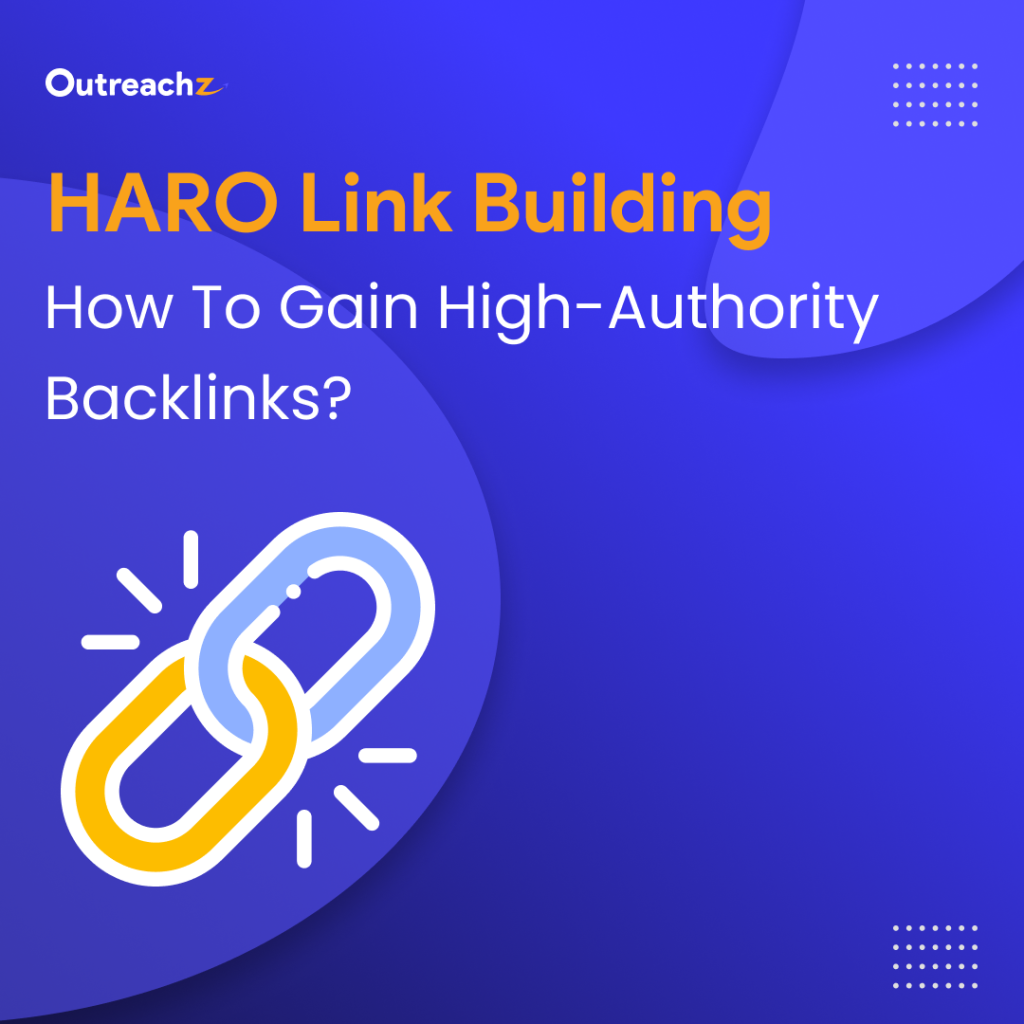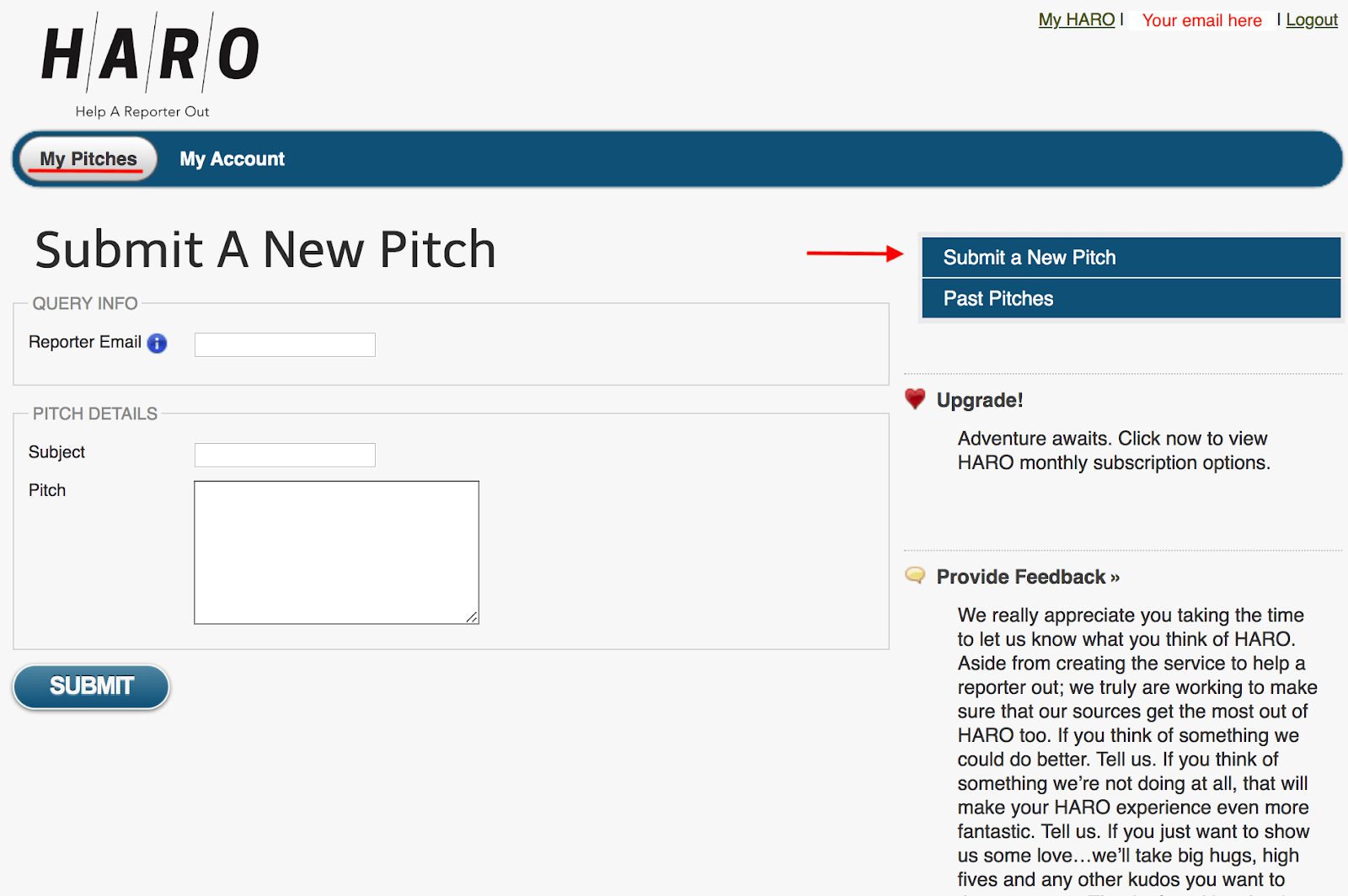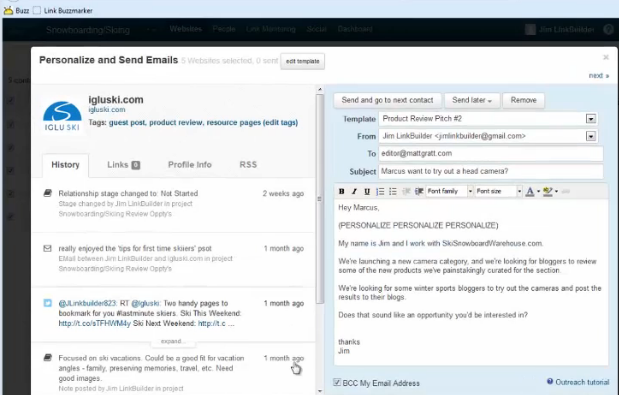
In the ever-evolving world of digital marketing, building blog authority has become more crucial than ever. Search engines favor content that demonstrates expertise, experience, and trustworthiness—key components of E-E-A-T (Experience, Expertise, Authoritativeness, Trustworthiness). One powerful tool that can help you achieve this is HARO (Help a Reporter Out), combined with strategic PR outreach.
HARO allows bloggers, influencers, and brands to connect directly with journalists who are seeking expert sources for their stories. When your insights are featured in reputable publications, it not only boosts your visibility but also builds credibility and authority for your blog. This article will guide you through the process of using HARO and PR outreach effectively to grow your blog’s influence.
What Is HARO and Why It Matters
HARO stands for Help a Reporter Out. It’s a platform that connects subject matter experts with journalists looking for commentary on current topics. Journalists post queries daily, and experts like you can respond with their insights, potentially getting quoted in articles.
For bloggers, HARO is a goldmine. Being quoted in well-known media outlets gives your blog a significant boost in search engine rankings and helps establish you as an authority in your niche. It’s a win-win: journalists get quality content, and you gain exposure and backlinks.
HARO isn’t just about link building—it’s about building relationships with journalists, which can lead to long-term PR opportunities. In today’s SEO landscape, where backlinks and domain authority are critical, HARO is a must-have tool for any serious blogger or brand.
How HARO Impacts SEO Performance
HARO plays a key role in improving your blog’s SEO performance in several ways:
-
Backlinks from High-Authority Sites: Getting quoted in top-tier publications like Forbes, The Guardian, or TechCrunch can significantly boost your site’s domain authority. These backlinks are highly valuable and signal to search engines that your content is trustworthy.
-
Increased Visibility: When your name appears in major publications, it increases your brand’s visibility. This can lead to more traffic to your blog and better engagement from readers.
-
Improved Brand Credibility: Being cited by reputable sources enhances your blog’s credibility. Readers are more likely to trust and engage with content from a source they perceive as authoritative.
-
Enhanced Content Strategy: By staying informed about trending topics via HARO, you can create content that aligns with what audiences are searching for. This helps improve your blog’s relevance and ranking.
HARO also ties into other SEO best practices such as E-E-A-T and content relevance. When your insights are used in high-quality content, it reinforces your position as an expert in your field.
Step-by-Step Implementation Framework
To make the most of HARO and PR outreach, follow this structured approach:
1. Define or Audit Your Current Situation
Before diving into HARO, assess your current blog strategy. Are you already engaging in PR outreach? What topics do you specialize in? Identify your unique value proposition and how it aligns with the types of queries journalists are posting.
Use tools like Ahrefs or SEMrush to analyze your competitors’ backlink profiles. This will give you insight into the types of publications you should target and the kind of content that resonates with them.
2. Apply Tools, Methods, or Tactics
Sign up for HARO and set up your profile. Choose the industries and topics relevant to your blog. Make sure to include detailed information about your expertise so journalists know you’re a credible source.
Create a pitching strategy. Focus on responding to queries that align with your niche. Keep your pitches concise, informative, and tailored to the journalist’s needs. Avoid generic responses—personalize each pitch to show you’ve done your homework.
Additionally, use PR outreach tools like Meltwater, Brandwatch, or Hootsuite to track media mentions and identify potential outlets for guest posts or interviews.
3. Measure, Analyze, and Optimize
Track the results of your HARO responses. Monitor which queries lead to quotes and which don’t. Use Google Analytics and Google Search Console to see if your blog traffic increases after being cited.
Set up Google Alerts for your name or brand to stay updated on when you’re mentioned in the press. Promote these mentions on your social media channels to drive more traffic to your blog.
Regularly review your HARO responses and adjust your strategy based on what works. For example, if you notice that certain topics generate more interest, focus on those in future pitches.
Real or Hypothetical Case Study
Let’s look at a hypothetical case study of a tech blog that leveraged HARO to build authority:
Scenario: A tech blog focused on AI and cybersecurity wanted to increase its domain authority and attract more traffic. They started using HARO to respond to queries related to emerging trends in AI and data privacy.
Results:
– Within six months, the blog received 15+ mentions in reputable publications like TechCrunch and The Verge.
– Their domain authority increased from 38 to 62.
– Organic traffic grew by 40%, with a significant portion coming from backlinks generated through HARO.
This case study highlights how consistent HARO participation, combined with smart PR outreach, can transform a blog’s visibility and authority.
Tools and Techniques for HARO
Here are some essential tools that can enhance your HARO and PR outreach efforts:
- HARO (Help a Reporter Out) – The core platform for connecting with journalists.
- Google Alerts – For tracking mentions of your name or brand in the press.
- Ahrefs / SEMrush – For keyword research and competitor analysis.
- Meltwater – For monitoring media coverage and identifying new outreach opportunities.
- Respona – A tool that automates HARO responses and helps manage your outreach efforts.
- SurferSEO – For optimizing your blog content to rank higher in search results.
These tools can streamline your workflow and help you stay ahead in the competitive world of digital PR.
Future Trends and AI Implications
As AI continues to shape the digital landscape, platforms like HARO will evolve to incorporate more automation and predictive analytics. AI-powered tools may soon be able to suggest the best queries for you based on your niche and past performance.
Voice search and multimodal content will also play a bigger role in how journalists and readers consume information. This means your content will need to be optimized for both text and voice-based queries.
Staying ahead of these trends requires adaptability. Embrace AI tools that help you analyze data, predict trends, and personalize your outreach. By doing so, you’ll not only maintain your blog’s authority but also position yourself as a forward-thinking leader in your industry.
Key Takeaways
- HARO is a powerful tool for building blog authority by connecting you with journalists and earning high-quality backlinks.
- PR outreach complements HARO by helping you build long-term relationships with media outlets and influencers.
- Consistency is key—regularly participating in HARO and refining your strategy leads to measurable results.
- Track your progress using tools like Google Analytics and Google Alerts to understand the impact of your efforts.
- Stay adaptable to future trends, including AI and voice search, to maintain your blog’s relevance and authority.
By leveraging HARO and PR outreach effectively, you can elevate your blog’s authority, attract more traffic, and establish yourself as a trusted voice in your niche.
Meta Title: How to Use HARO and PR Outreach to Build Blog Authority
Meta Description: Learn how to use HARO and PR outreach to build blog authority, gain backlinks, and increase your online visibility.
SEO Tags (5): HARO, PR Outreach, Blog Authority, Backlinks, Digital PR
Internal Link Suggestions:
– [Parameter #1]: How to Use HARO for SEO
– [Parameter #3]: Effective PR Strategies for Bloggers
– [Parameter #5]: Building Authority Through Guest Posting
External Source Suggestions:
– https://www.haro.com – Official HARO website
– https://www.searchenginejournal.com – SEO and content marketing insights
– https://www.contentmarketinginstitute.com – Best practices for content strategy










